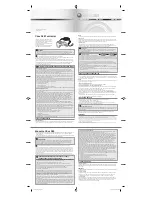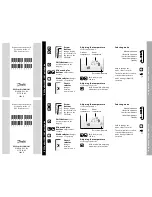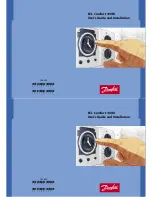
page
46
trols (joystick and cursor), due to the complexity of this type of control.
It’s therefore inadvisable to create multiple scanner units, unless they’re extremely simple units
(requiring few control channels), in which case it’s possible (setting 8-bit mirror movement on
the fixture) to “make do” by moving the mirror using two faders for Pan and Tilt.
In this case, it’s more practical to use these units as “extra units” and therefore control them
using programs.
To create a multiple scanner set-up, the same logic is used as in parag. 11.2, taking into conside-
ration this possible effect string:
.
Here again, as Pan and Tilt aren’t assigned to the joystick, but to two faders, nothing will be ente-
red in the page regarding Mirror/Head settings.
11.3 - Using colourchangers in pseudo-random
mode
To achieve particular effects, it’s possible to “cheat” on the real identity of a fixture.
Taking an SGM Colorlab 250 as an example, it can be “transformed” into a scanner with 8-bit
movement: all that’s necessary is to set the channels that would be used for Pan and Tilt to the
channels relative to Colour and Shutter.
So when a program’s being prepared, the Movement Effects application (parag. 7.3), which conti-
nually sends the Pan and Tilt channels the co-ordinates of the points forming the pattern, will
generate an apparently random number of parameters, running the colours in an unpredictable
manner.
It’s therefore possible to create a program in which several colours are run in a single scene.
Enter the string for effects more<->
PAN*01*TILT DIMM SHUT GOBO COLOR P1
















































